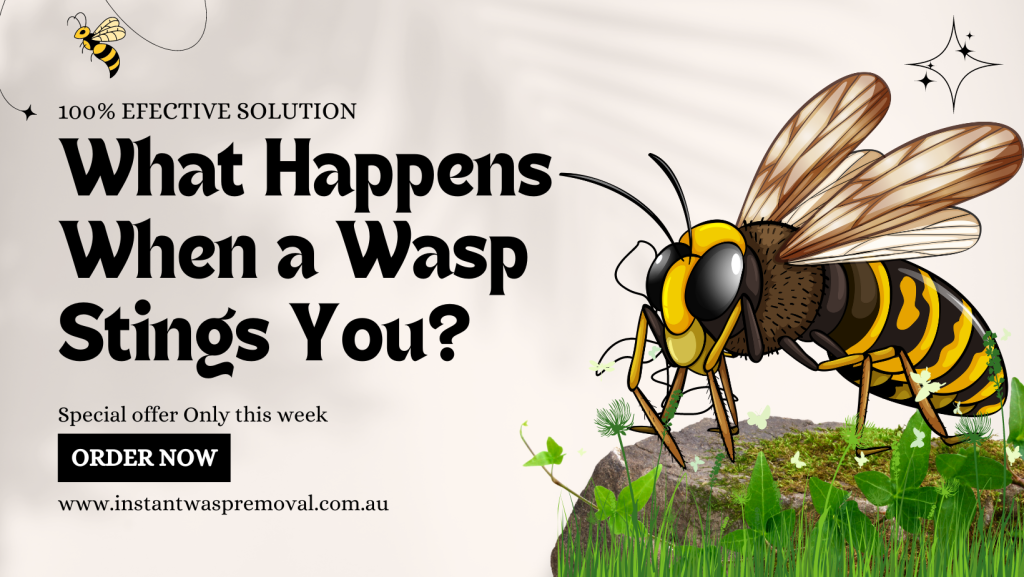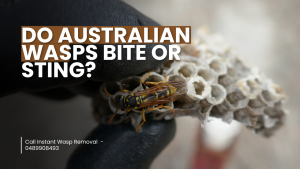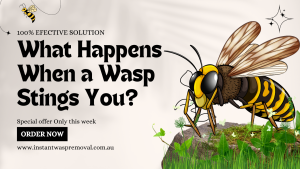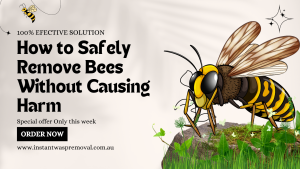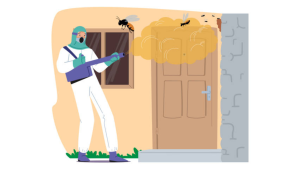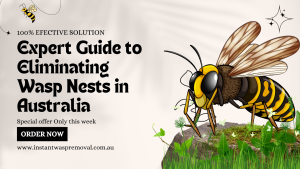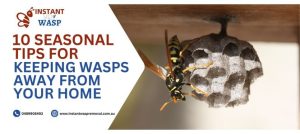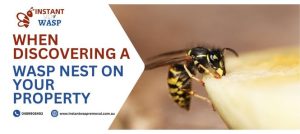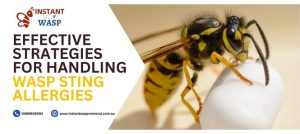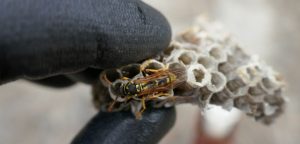Wasps are flying insects that are known for their painful stings. Most people dread having wasps’ nests in their gardens. Wasps are dangerous to children and adults alike.
Wasps are characterised by their slender bodies, narrow waists, and two pairs of stings. They also have stingers at the ends of their bodies, which carry the venom. There are different species of wasps present in Australia, some of which produce fatal stings. The wasps shapes and colours vary according to the species. You can find both social and solitary wasps in nature. Social wasps live in colonies, and solitary wasps hunt alone. Wasps consist of two types: predatory wasps and pollinating wasps. When facing issues with these insects, Wasp Removal Brighton services can offer safe and effective solutions to manage and remove wasps from your property, ensuring your safety and the well-being of those around you.
Different wasp species present in Australia.
Australia is home to both native and introduced wasp species. Some of the common ones include:
European Wasp: This is an introduced species and is considered a pest in Australia. It’s known for its yellow and black stripes.
Paper Wasp: There are several species of paper wasps found in Australia. They are known for their papery nests and slender bodies.
Mud Dauber Wasp: These wasps build nests out of mud and are often found in sheltered areas, such as under eaves or inside buildings.
Australian Hornet: Despite its name, it’s not a true hornet, but rather a species of potter wasp. It’s known for its large size and distinctive black and yellow markings.
Yellow Potter Wasp: Another species of potter wasp, known for its habit of building small mud nests, often on walls or rocks.
What happens when a wasp stings you?
Everyone who has experienced a wasp sting knows it is a painful experience. Wasps sting you with their stinger located at the bottom part of their body. They inject their venom into your system during this process. Wasp venom is dangerous and can affect different human beings according to the sensitivity of their bodies. When a wasp stings, what you immediately feel is pain, redness, itching, and swelling around the injected site. The more severe reactions include the following:
- Allergic reactions: Hypersensitive people can experience severe reactions, including anaphylaxis, which includes swelling of the face, throat, and tongue. This can cause breathing difficulties, a drop in blood pressure, and a loss of consciousness. Anaphylaxis can be life-threatening and even fatal in some cases. Most hypersensitive people carry epi-pens to protect against adverse reactions from wasp stings.
- Localised reactions: Other people may experience painful yet milder reactions, including swelling, discomfort, redness, and itching. Usually, these symptoms subside within a few days.
- Pain and discomfort: The stung area can be painful and tender to touch. You may experience discomfort for a few to several days.
- Secondary infections: As the stung area carries an open wound, bacteria may enter the sting site. You may experience redness, swelling, and even pus discharge. Seeking medical attention is a must when you experience a wasp sting.
How to treat wasp stings
Treating a wasp sting involves a few steps to alleviate pain and reduce the risk of infection. Here’s what you can do:
- Remove the Stinger: If the wasp left its stinger in your skin, carefully scrape it out as soon as possible. Don’t use tweezers or squeeze the stinger, as this can release more venom into your skin.
- Wash the Area: Clean the area around the sting with soap and water to reduce the risk of infection.
- Reduce Swelling and Pain: Apply an ice pack or a cold compress wrapped in a cloth to the affected area to reduce swelling and numb the pain. You can also take over-the-counter pain relievers like ibuprofen to alleviate discomfort.
- Apply Topical Remedies: There are various topical remedies you can apply to the sting to relieve symptoms. Aloe vera gel, calamine lotion, or hydrocortisone cream can help soothe the skin and reduce itching.
- Elevate: If the sting is on an arm or a leg, elevate it to reduce swelling.
- Watch for Signs of Allergic Reaction: If you experience symptoms such as difficulty breathing, swelling of the face or throat, rapid heartbeat, dizziness, or nausea, seek medical attention immediately. These could be signs of a severe allergic reaction (anaphylaxis), which requires prompt treatment.
- Seek medical attention if necessary. If you have a history of severe allergic reactions to insect stings or if the sting is in your mouth, nose, or throat, seek medical attention immediately.
If you’re unsure about the severity of the reaction or if you have any concerns, it’s always best to seek medical advice. Additionally, if you know you’re allergic to wasp stings, carrying an epinephrine auto-injector (such as an EpiPen) with you at all times is crucial in an emergency.
Protective measures against wasps
Protective measures against wasps are essential, especially for individuals who are allergic to their stings or for those who want to avoid the nuisance of their presence. Here are some protective measures you can take:
- Avoid Attracting Them: Keep food and drinks covered when eating outdoors, as sweet smells can attract wasps. Additionally, make sure to seal garbage cans tightly.
- Use Wasp Traps: Set up wasp traps around your home and outdoor areas. These traps typically contain a sweet liquid that attracts the wasps and then traps them inside.
- Cover Openings: Seal any openings or holes in walls, roofs, and windows to prevent wasps from building nests inside your home or other structures.
- Keep Outdoor Areas Clean: Regularly clean outdoor areas where wasps are likely to build nests, such as eaves, gutters, and overhangs.
- Wear protective clothing: When working outdoors, especially in areas where wasps are active, wear long sleeves, pants, closed-toe shoes, and gloves to minimise exposed skin.
- Avoid Agitating Nests: If you notice a wasp nest, avoid disturbing it. Wasps can become aggressive when they feel threatened and may sting in defence of their nest.
- Use insect repellents: Apply insect repellents that are effective against wasps and other stinging insects when spending time outdoors.
- Plant Natural Repellents: Certain plants, such as mint, citronella, and eucalyptus, are known to repel wasps. Planting them around your outdoor living spaces can help deter wasps from coming near.
- Professional Removal: If you have a large wasp nest or are dealing with a significant infestation, it’s best to call a professional pest control service to safely remove the nest.
- Be Prepared for Emergencies: If you or someone you know is allergic to wasp stings, make sure to have an emergency plan in place, including access to medication such as epinephrine (EpiPen), and know when to seek medical help in case of a severe allergic reaction.
Conclusion
When a wasp stings you, it injects venom into your skin through its stinger. This venom can cause pain, swelling, and redness around the sting site. In some people, it can also lead to allergic reactions, which might require medical attention. If a wasp stings you, you should remove the stinger, clean the area, and apply ice to reduce swelling.

